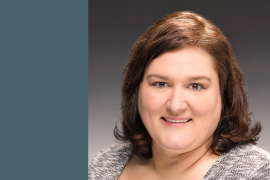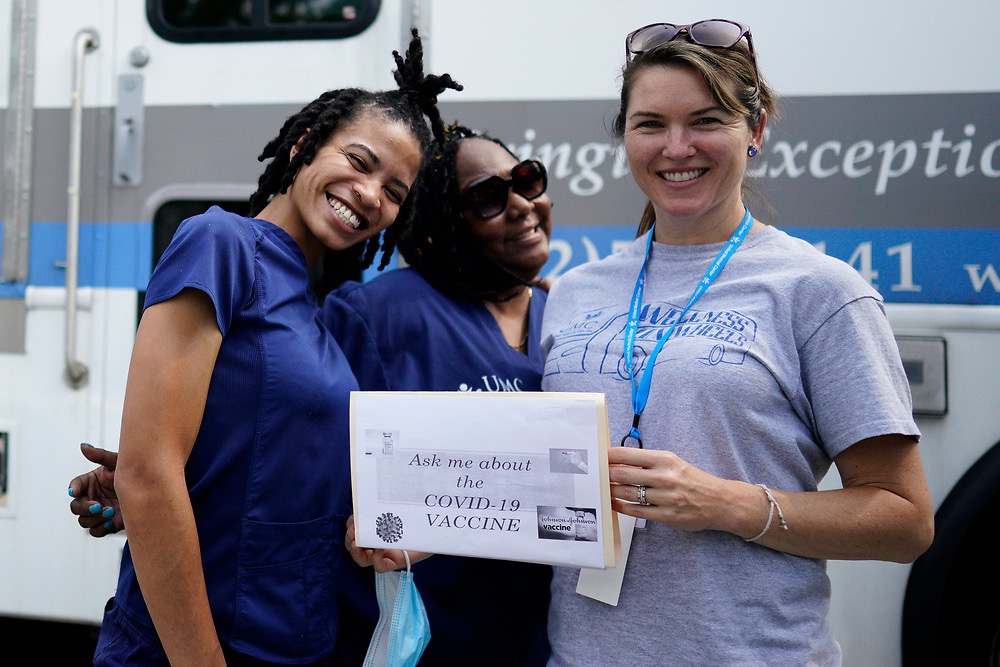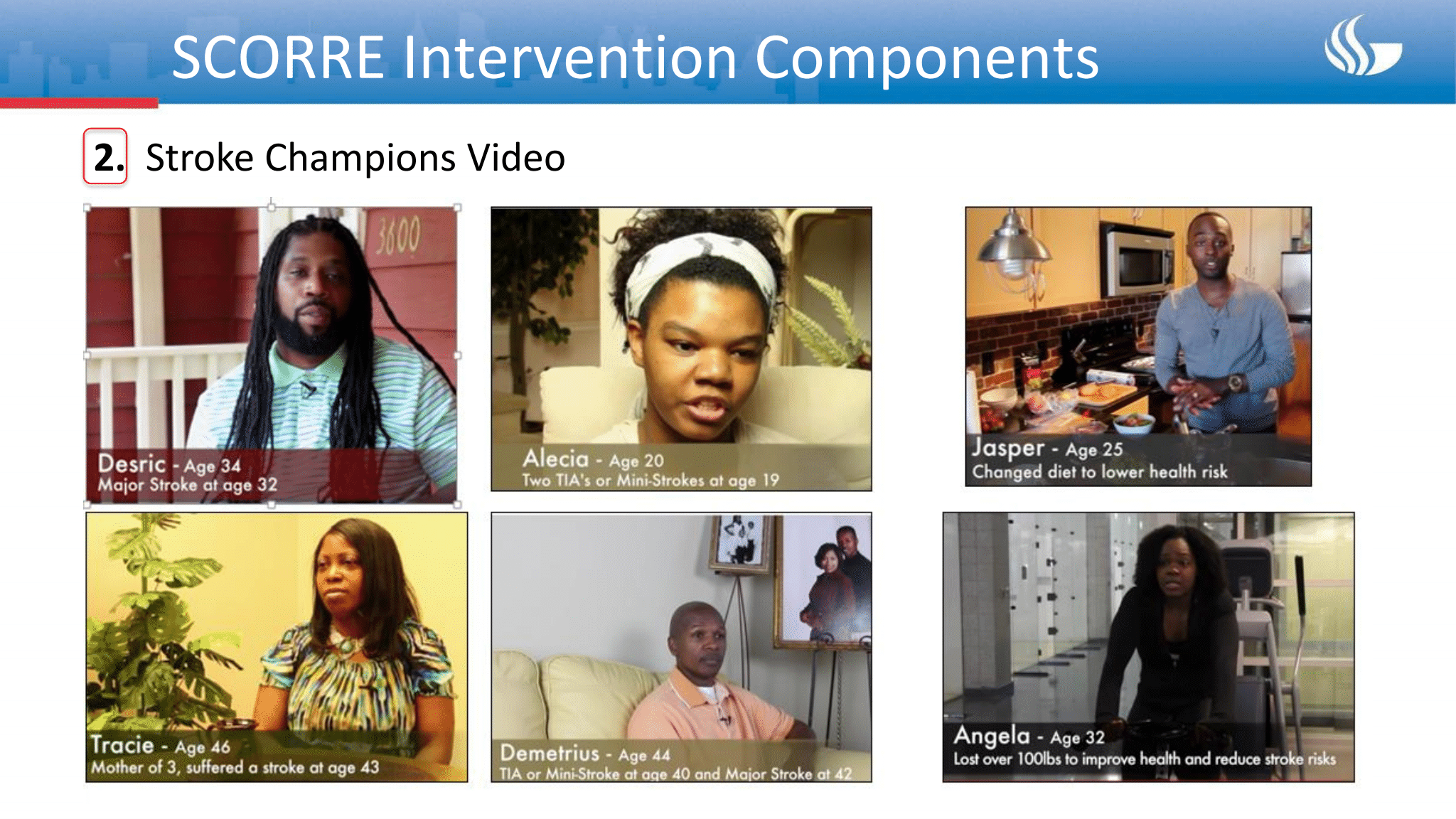Physicians’ Knowledge of the Americans with Disabilities Act Lacking
A survey of physicians in outpatient practices found 35.8 percent reported knowing little to nothing about their legal responsibilities under the Americans with Disabilities Act (ADA), which was enacted more than 30 years ago. Nearly three-quarters (71.2%) answered incorrectly about who determines reasonable accommodations, 20.5 percent did not correctly identify who pays for these accommodations, and 68.4 percent felt that they were at risk for ADA lawsuits. Physicians who felt that lack of formal education or training presented a moderate or large barrier to caring for patients with disabilities were more likely to report having little to no knowledge of their responsibilities under the law. The authors say improvements are needed to educate physicians and make health care delivery systems more accessible and accommodating of patients with disabilities. Lisa I. Iezzoni et al., “US Physicians’ Knowledge About the Americans with Disabilities Act and Accommodation of Patients with Disability,” Health Affairs 41, no. 1 (January 2022):96–104.
SNAP Benefits Reduce Utilization and Spending for Dual Eligibles
A study of North Carolina adults ages 65 and older who are dually eligible for Medicare and Medicaid found those who received Supplemental Nutrition Assistance Program (SNAP) benefits had fewer hospital admissions, emergency department visits, and long-term care admissions over the next 22 months. Total Medicaid spending was also lower ($2,360 per person less); data on Medicare claims and spending were not available for analysis. Seth A. Berkowitz et al., “Supplemental Nutrition Assistance Program Participation and Health Care Use in Older Adults: A Cohort Study,” Annals of Internal Medicine 174, no. 12 (December 2021):1674–82.
Improving the Measurement of Structural Racism to Achieve Antiracist Health Policy
The authors of this Health Affairs article suggest several methodological approaches for characterizing the nature of structural racism and quantifying its effect on public health. Among other recommendations, they call for more empirical research establishing the pathways through which contemporary health outcomes are shaped by historical and present-day forms of structural racism. They also outline several approaches for capturing the multifaceted nature of structural racism, including tapping data sources like the Census Bureau’s Census of Governments, which would shed light on patterns in education funding, police expenditures, cash assistance, and other outlays that influence the health and wellbeing of constituents. Rachel R. Hardeman et al., “Improving the Measurement of Structural Racism to Achieve Antiracist Health Policy,” Health Affairs 41, no. 2 (February 2022):17–86.
Detecting and Remediating Bias in Insurer Algorithms
In this Health Affairs analysis, staff of Pennsylvania’s Independence Blue Cross and researchers from Massachusetts Institute of Technology and the University of California Berkeley outline concerns about how machine learning models are developed and used in clinical and business decisions. The authors illustrate how bias can arise in the algorithms used by health insurers to predict disease onset, the likelihood of hospitalization, and medication adherence. Among other strategies, they suggest regular audits to identify and remediate potential biases. Stephanie S. Gervasi et al., “The Potential for Bias in Machine Learning and Opportunities for Health Insurers to Address It,” Health Affairs 41, no. 2 (February 2022):212–18.
Incentivizing Patients to Use Lower-Cost Providers Leads to Some Switching
Researchers found rewarding employees for receiving care from lower-cost providers led to modest increases in the choice of lower-cost providers and modest reductions in prices, with savings concentrated in imaging services, particularly magnetic resonance imaging (MRI) services. In the first year of the program, prices fell by 1.3 percent and in the second year by 3.7 percent. The study relied on data for 3.9 million enrollees in a large health plan. Roughly one in 20 (5.6%) received an incentive payment (ranging from $25 to $500) for the first year and 7.8 percent received an incentive payment the second year. Prices for MRI services fell by 3.5 percent the first year and 6.5 percent the second. Christopher Whaley et al., “Paying Patients to Use Lower-Priced Providers,” Health Services Research 57, no. 1 (February 2022):37–46.
Take-Home Doses of Medications for Opioid Use Disorder Prevented Treatment Disruptions During Pandemic
To retain patients with opioid use disorder in treatment during the pandemic, Canadian prescribers were permitted to increase the number of take-home doses of medications for opioid use disorder such as methadone and buprenorphine/naloxone. Researchers found the practice led to lower rates of treatment interruption or discontinuation for subsets of patients (e.g., those receiving daily and weekly dispensed methadone). They also found no statistically significant increase in opioid-related overdoses over six months of follow up. Tara Gomes et al., “Association Between Increased Dispensing of Opioid Agonist Therapy Take-Home Doses and Opioid Overdose and Treatment Interruption and Discontinuation,” Journal of the American Medical Association 327, no. 9 (March 1, 2022):846–55.
Strategies for Distributing Hospital Patients During Public Health Emergencies
In this commentary in the New England Journal of Medicine, the authors describe how states can use centralized hospital capacity management systems to facilitate the transfer of patients from overwhelmed hospitals to ones with more capacity. They say most states now lack the infrastructure to implement such systems, which require real-time information about bed capacity in all hospitals. They suggest several steps states can take, including requiring hospitals to participate in load-balancing efforts during public health emergencies; establishing statewide transfer centers; implementing policies to protect hospitals and patients from economic losses arising from load-balancing efforts; and refraining from permitting the rationing of medical care until contingency care options have been exhausted. Douglas B. White, Lisa Villarroel, and John L. Hick, “Inequitable Access to Hospital Care — Protecting Disadvantaged Populations during Public Health Emergencies,” New England Journal of Medicine 385, no. 24 (Dec. 9, 2021):2209–11.
Promoting Competition Through Price Regulation
The authors of this Health Affairs piece urge state policymakers to consider using price regulation to foster competition among hospitals. They offer two alternative approaches. The first is applying rate caps to the out-of-network hospital prices paid by commercial insurers. They say this would compel hospitals to negotiate more reasonable in-network rates because they wouldn’t have the option of rejecting a contract in favor of a significantly higher out-of-network rate. The second approach involves instituting flexible, all-payer hospital budgets that cover hospitals’ fixed costs and allow for marginal increases as volume rises. The second approach would avoid having to develop a complex system of regulated prices for hospital services. It would also accommodate the movement of patients between hospitals and reduce the incentive to increase volume. Robert A. Berenson and Robert B. Murray, “How Price Regulation Is Needed to Advance Market Competition,” Health Affairs 41, no. 1 (January 2022):26–34.
Rebound in Ambulatory Care Visits During the Pandemic Varied by Source of Insurance
Researchers tracking ambulatory care service use among patients with different types of insurance coverage found that utilization of six services (emergency department, office and urgent care, behavioral health, screening colonoscopies, screening mammograms, and contraception counseling or HIV screening) fluctuated with each wave of the pandemic and rebounded over time; however, the return to expected rates was lower for patients with Medicaid and those who were dually eligible for Medicare and Medicaid (“dual eligibles”). By the January to February 2021 time frame, overall utilization was at 78.4 percent of expected rates for Medicaid enrollees; 73.3 percent of expected rates for dual eligibles; 90.7 percent of expected rates for the commercially insured; 83.2 percent for Medicare Advantage enrollees; and 82 percent for traditional Medicare beneficiaries. John N. Mafi et al., "Trends in US Ambulatory Care Patterns During the COVID-19 Pandemic, 2019-2021,” Journal of the American Medical Association 327, no. 3 (Jan. 18, 2022):237–47.
Spending on Diabetes Lower When Managed by Primary Care Providers
Researchers found that older adults with diabetes who receive more of their ambulatory care from a primary care physician (PCP) rather than a specialist had lower overall spending and lower rates of hospitalizations, emergency department visits, procedures, imaging, and other tests. Health plan payments to PCPs were $10,326 vs. $14,971 for specialists. Total out-of-pocket costs for patients were also lower ($1,707 vs. $2,443). Spending and utilization were measured for up to three years. David J. Nyweide, Andrea M. Austin, and Julie P.W. Bynum, “Resource Use Among Diabetes Patients Who Mainly Visit Primary Care Physicians Versus Medical Specialists: A Retrospective Cohort Study,” Journal of General Internal Medicine 37, no. 2 (January 2022):283–9.
Minorities Report Significantly Worse Medicaid Managed Care Experiences Than Whites
Researchers found nonelderly Medicaid managed care enrollees in 37 states reported significantly worse care experiences than white enrollees. Among four patient experience measures, the disparities ranged from 1.5 to 4.5 percentage points for Black enrollees; 1.6 to 3.9 percentage points for Hispanic or Latino enrollees; and 9 to 17.4 percentage points for Asian American, Native Hawaiian, or other Pacific Islander enrollees. The authors found the disparities were largely attributable to worse care experiences within the same plan. However, for all outcomes, disparities were smaller in plans with the highest percentages of Hispanic or Latino enrollees. They also found that for some outcomes, there were smaller disparities in plans with the highest percentages of Asian American, Native Hawaiian, or other Pacific Islander enrollees. Kevin H. Nguyen et al., “Racial and Ethnic Disparities in Patient Experience of Care Among Nonelderly Medicaid Managed Care Enrollees,” Health Affairs 41, no. 2 (February 2022):256–64.
Advancing Health Equity as an Explicit Goal of Health System Improvement
The authors of this Journal of the American Medical Association commentary say it’s time to make advancing health equity the fifth aim of health system improvement, alongside improving population health and patient experience and reducing spending and staff burnout. To accomplish this, health care leaders and providers must identify disparities; design and implement evidence-based interventions to reduce them; invest in equity measurement; and incentivize the achievement of equity. Shantanu Nundy, Lisa A. Cooper, and Kedar S. Mate, “The Quintuple Aim for Health Care Improvement: A New Imperative to Advance Health Equity,” Journal of the American Medical Association 327, no. 6 (Jan. 21, 2022):521–522.



